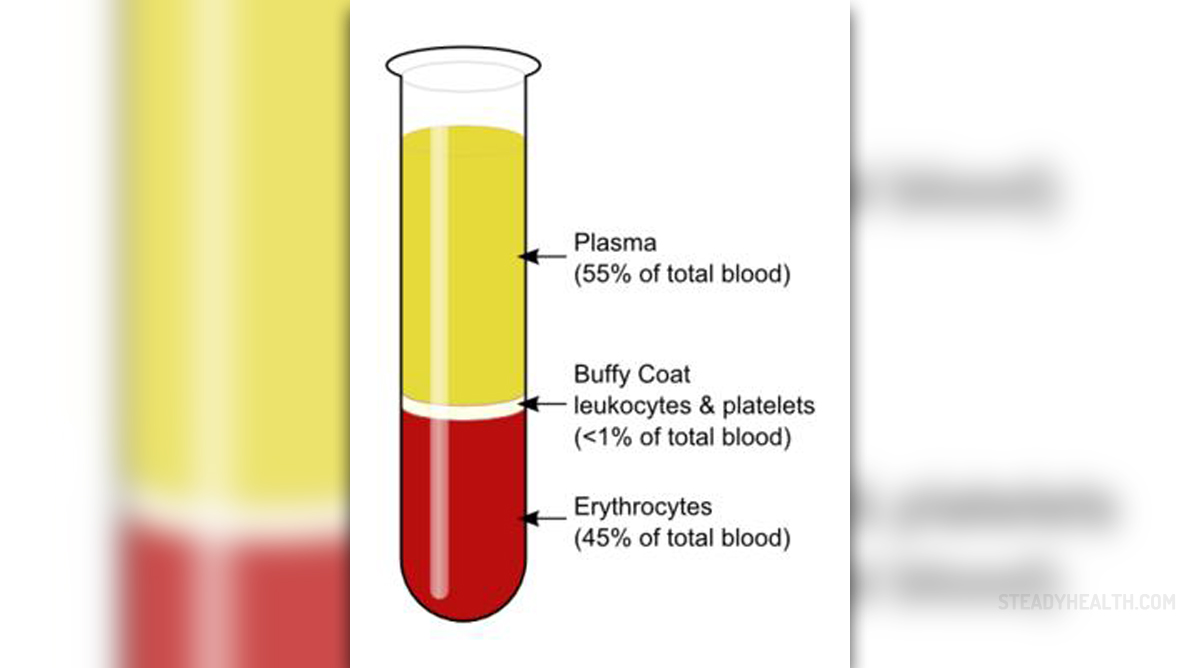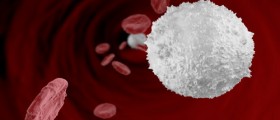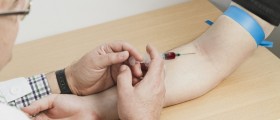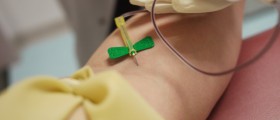
Sometimes, usually during the processof diagnosis you undergo while paying your doctor a visit, you areinstructed to have a complete blood count test done. A complete bloodcount assesses the number of cells in your blood, differentiating red cells from white ones and platelets.
Through this form of testing, yourdoctor can diagnose your condition better, ruling out or finding anysigns of anemia, infection or some other health problems.
Importance of Complete Blood Count
This test consists of several parts.Basically, once the test is done, the doctor obtains a complete countof white blood cells in the body, being the entire number ofprotective cells which attack and destroy any malignantmicroorganisms present, keeping us safe from illnesses. If thenumber of these cells is satisfactory, our immune system is fullyfunctional. However, when the number of these cells is elevated orbelow normal, an infection or some other health problem is affectingour body. These cells are bigger that the red ones, but are presentin smaller numbers.
There are several types of white bloodcells and the complete blood count differentiates them, providing thehealth expert important information about the exact state of ourimmune system.
Besides white blood cells, the CBC alsogives information about red blood cell count. These cells have arole of delivering oxygen to our body, spreading it around aftercollecting it from the lungs. At the same time, they carry carbondioxide back into the lungs, allowing us to exhale it. Thus, if thecount of these cells is too low, we might be lacking oxygen, leadingto a state called anemia. However, if the situation takes place theother way around and we have increased count of red blood cells, wemight risk forming clots in the capillaries, again affecting thedistribution of oxygen in a negative way.
The CBC also assesses the exact amountof space our red blood cells take up in the blood. This informationis very important once anemia is being either diagnosed or ruled out.Furthermore, our red blood cells would not be capable of carryingoxygen if there was not for hemoglobin, a molecule involved in theoxygen distribution process, giving these cells their distinctive,red color.
Therefore, as far as red bloodcells are concerned, the CBC provides one with all the necessaryinformation for diagnosis of any possible diseases or healthproblems, taking into consideration all the aspects of these parts ofour blood.
Yet, the power of CBC does not endhere, since this test gives many other pieces of important medicalinformation. Namely, it provides with platelet count, or the count ofthrombocytes, being the smallest blood cells in our body. These cellsfulfill their purpose once we get injured, gathering together at thespot of injury and accumulating in order to form a sticky patch which hasthe power to discontinue the loss of blood. If we lack these bloodconstituents, a small cut might be enough to get us killed. However,these tiny cells, when present in high numbers, may lead to problemslike hardening of the arteries or formation of blood clots.
All in all, a complete blood test is atool which can help the doctors find the reasons behind your fatigue,fever, bruising or weight loss, diagnosing anemia, amount of bloodloss, infections, blood diseases etc. Also, a CBC can check yourblood state, assessing whether you are capable of withstanding asurgery or not and how you are coping with different treatmentsinvolving radiation or specific medications. In some cases, the onlypurpose of a CBC is giving the basic information regarding youroverall health during a regular physical exam.
How is Complete Blood Count Done?
The patient does not have to preparefor this test at all. Once you enter the office of your healthprofessional, he/she will wrap an elastic band around your upper arm,blocking the blood flow in order to make veins more visible andeasily accessible. Then, he/she will disinfect the area where theneedle will pierce through your skin, into the vein. Afterwards, theneedle will be inserted, taking a sample of your blood andtransferring it into a small container. When enough blood isobtained, the health practitioner will remover the wrap band and puta gauze pad over the place where the needle entered the body,removing the needle. Once the process finishes, you will be advisedto hold the gauze pressed a bit until the bleeding stops.
Then, all you have to do is wait foryour results. Once the CBC is done, your doctor will explain theprocessed information and tell you whether you are experiencing somehealth problems or not.
Complete blood count is a veryimportant form of blood testing, both for the process of medicaldiagnosis and the development of treatment plans.
















Your thoughts on this
Loading...